Monday April 18, 2016 was the culmination of almost 2 years of hard work. I will take a few moments to describe the qualifying process for those interested including the application process, race morning with some hints and suggestions, and the race itself. Probably the last part will be less detailed, as there are lots of great reports on what to expect on the course etc. Let’s get started.
Qualifying Process
In order to qualify for Boston, you need to run a marathon in the prior year to Boston, with the qualifying window being qualifying times must be run on or after Saturday, September 19, 2015 for the 2017 Boston Marathon (to take place April 17, 2017).
2017 BOSTON MARATHON QUALIFYING STANDARDS
Effective September 19, 2015. All standards below are based on official submitted net time.
| AGE GROUP | MEN | WOMEN |
|---|---|---|
| 18-34 | 3hrs 05min 00sec | 3hrs 35min 00sec |
| 35-39 | 3hrs 10min 00sec | 3hrs 40min 00sec |
| 40-44 | 3hrs 15min 00sec | 3hrs 45min 00sec |
| 45-49 | 3hrs 25min 00sec | 3hrs 55min 00sec |
| 50-54 | 3hrs 30min 00sec | 4hrs 00min 00sec |
| 55-59 | 3hrs 40min 00sec | 4hrs 10min 00sec |
| 60-64 | 3hrs 55min 00sec | 4hrs 25min 00sec |
| 65-69 | 4hrs 10min 00sec | 4hrs 40min 00sec |
| 70-74 | 4hrs 25min 00sec | 4hrs 55min 00sec |
| 75-79 | 4hrs 40min 00sec | 5hrs 10min 00sec |
| 80 and over | 4hrs 55min 00sec | 5hrs 25min 00sec |
HOWEVER, running a qualifying time does not grant you guaranteed access. Let me explain. First of all, the race must be on a Boston sanctioned course. Because this could happen. Second, when the BAA opens the application window (usually Sept/Oct) all those that qualified, and interested in running, apply and pay their fee. However, the number of entries is capped, somewhere around 25,000 runners (usually 3-5000 spots are reserved for those that raise $5000 or more for BAA sanctioned charity). Because the race is capped, the fastest runners (outside of the elites) are accepted first. BAA has a computerized system that then adjusts the actual qualifying standard based on the number of available slots and the times of the remaining applicants. So for the 2016 Boston Marathon, to gain entry, you had to actually run 2:28mins faster than your standard, regardless of age group. For example, my age group (age on race day) is 35-39, so my actual qualifying time had to be better than 3hrs 07min 32sec. If you were 3:07:33, sorry, no prize for close. Nevertheless the qualifying process can be stressful if you are close to the standard, certainly within 5 mins. I would expect this will increase and eventually the qualifying times will be adjusted downward, meaning it will continue to be tougher to gain entry.
If you do get in, book your hotel early. These fill up quickly, and the pricing can get ludicrous. There are some marathon travel groups that have pre-negotiated rates which are helpful. Also, consider your travel plans well in advance. Flights can get booked, though driving is always an option (Boston is about 8-9 hours from the GTA).
Pre-Race
When you arrive in Boston, you need to attend the marathon convention to pick up your bib. There are strict rules around this but the BAA is a well-oiled machine and does a fantastic job of communicating the process, starting in about January and continuing up to race weekend.
On the morning of race day, because the race starts 26.2 miles from downtown, and because of tight security, runners are required to take a bus to the start line. From here on out, everything is based on your Bib number, which is graded based on your qualifying time. You have a colour coded bib, which tells you which wave and corral you start in (Boston has 4 non elite waves, each with 8 or 9 corrals, roughly 7500 people in each wave). Race times start at 10am, and waves go every 30 minutes, meaning actual start times can vary between 10am and 12pm. All runners meet in Boston Common (Boston’s version of central park) to board a bus, which starts to leave at 6am. You are given a window to board the bus, (for example, I was in Wave 1, corral 7, and I had to board between 6 and 6:30 am). You arrive in the start area (a highschool) and remain there for 2-3 hours awaiting the start. Which is where the tips and tricks come in (This was a big unknown for me, and contributed to some race day anxiety, so hopefully it helps some of you to avoid this):
- Because of security, you check your post race bag before you board the bus, meaning you don’t have it. You are allowed a large zip-lock type bag that will contain any gels, and other pre-race stuff. There is a fluid restriction as to the amount you are allowed, again this is all communicated well. Don’t fret, there is plenty to eat and drink at the start area.
- Race morning whether can be unpredictable, and certainly being mid-April, is much colder while you wait around than when you start the race. Bring clothes than you can leave at the start area (they donate to homeless). Old clothes, visit a thrift store etc. is key here. This should include hats, gloves etc.
- It can be wet, even on a nice day. The grass is wet in the field you stay in. Some great ideas I saw were towels, blow-up pool lounge chairs, garbage bags, a painter’s plastic zip-up coverall, painter’s booties (to keep your shoes dry), cardboard to sit on, etc. Get creative. While you are at it, try to find some higher ground and a dry spot under a tent or otherwise.
- There is lots of food. Bagels, bananas, water, gatorade, cliff products. Make sure you have tried these before, and certainly be aware of race timing.
- Port-a-potties. There are literally hundreds. Don’t confuse that for enough. Line-ups started to become pretty bad for them around 8:30, taking sometimes 30mins to wait your turn. This is important, because you actually get called to the starting corral about 45 minutes before the start time. Timing is key. There are port-a-potties on the way to the start line, however they appeared exceptionally crowded as well. I also suggest bringing an extra roll of TP from your hotel. I had heard that in previous years they ran out, and while this wasn’t an issue for my wave, I suspect those with later start times may have had issues.
- They announce and call your wave, you walk a short distance to a small parking lot (say 200m). and wait. This is not the start area. You then follow the crowd as it starts moving towards the start area, which is about 1-1.5KM away from the staging area. There will be crowds gathering to cheer you on as you walk towards the start, which I thought was pretty neat.
- The start area is congested. Here are two pics, the first of the starting corral(wave 1, corral 7), the second of the staging area
When the gun goes, you begin. To walk. Shuffle. Then finally run. It took me about 3.5mins to reach the start line, based on my bib, there were about 6000 people in front of me.
Start to 5KM
I found this the most frustrating part of the race. Crowds were cheering which was great, but you more or less have to go the pace of the wave, and finding space to run so as to not clip people was tough. I saw 2 runners at one point find some space on an open curb side, only to crash into a mailbox, likely hurting themselves and ending their day. Be careful. The first 5KM are downhill, so watch your pace. I ended up running pretty even splits through that section, once it started to open up after the first mile or so. By about 5km, there was mostly ample room to run, though it didn’t really open up until about the 15km mark.
5km – 25k
This section was largely flat, a lot of downhill sections and a few minor uphill sections. Aid stations were on both sides of the road with gatorade first then water. The aid area could become congested, so there is a dance to get in, get your water and get out. Make sure you drink. Race day this year was 15-19 degrees C at the start, depending on who you believe. The key for me was keeping on top of fluids. Interspersed at random areas were locals, handing out oranges, water, lemonade, twizzlers, pretzels, and even beer. The crowds were insane. Loud, cheering, encouraging, including the infamous Wellesley Scream tunnel. Signs everywhere, of encouragement and also humorous. TIP: If you want extra encouragement, write your name on your shirt, arm or otherwise. The crowd will yell your name, often and loud.
25-35k
This section is known as the Newton hills. For the last 25km, you were running downhill. Now run uphill, culminating with Heartbreak hill. I found the uphills to be a nice change of pace and effort, as well as using different muscle groups. I did a ton of hill training, so I tackled these well, however you do have a noticeable pace difference. My pace slowed through this section by about 10-15seconds per mile (sorry, I pace in miles, not KM). Once again, the crowds are super encouraging. It was around this section that we started to feel the effects of a severe 15-20km/hr headwind. I started to get a bit cold, and it did impact pace.
35-42.2km
This section is again net downhill. As you start to approach the city, the crowds get even more exciting, which I didn’t think was possible. I had a rough patch around 38km, where there is a tiny uphill section, that felt like everest to me. The wind was bad here, which didn’t help, though I was mostly able to maintain my pace. The best part of this section is a right turn onto Mass Ave, a gradual climb, then a left onto Boylston for the last 800m. I saw my wife here, she had been waiting since the start and getting updates through a mobile feed( BAA coverage for supporters is amazing). Stopped and gave her a surprise kiss, which wasn’t planned, but felt like the right thing to do given all the support through crazy training going back 2 years before to qualifying races, early mornings, double run days, long run weekends etc. And I was pumped. Boylston, is absolutely nuts, a slight downhill where you can see the finish line approaching. It felt like an eternity and also felt like the time flew by. All the pain and suffering in my quads evaporated for that last stretch. You cross the line, are given a medal, a warming blanket, water, drinks food, and tons of encouragement. What a great event.
Final thoughts:
The city is incredible – it is hugely supportive of the race, people congratulating you the day after, if you are wearing your BAA jacket, runners everywhere congratulating and on and on. People were super friendly, volunteers were unbelievable, and the race is extremely well-organized. Would I return – absolutely. I did re-qualify, with plenty of space to space for any adjustment (I get an extra 5 minutes as I turn 40 5 days after the 2016 Boston, and more or less PR’d for this period of my life). Whether it is next year or another, will depend on logistics and organization as the event is expensive when you factor travel and hotels.
What was your experience? Please do not hesitate to ask questions, I will do my best to answer.
Finish time: 2:58:55, about a 2min positive split for the second half, which I was super happy with given the hills and headwind.

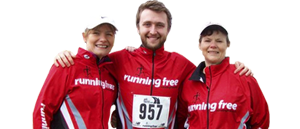


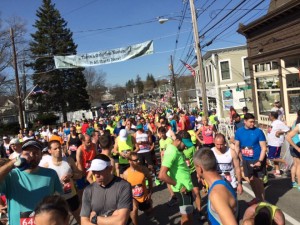
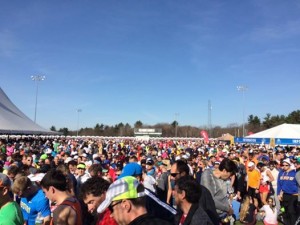
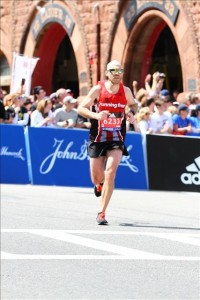

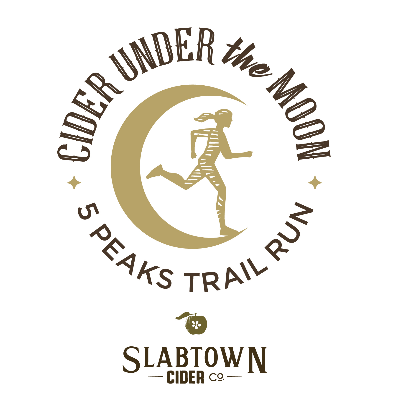
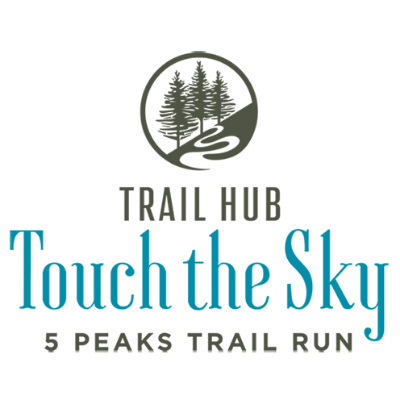



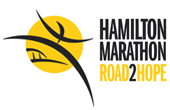


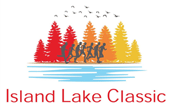
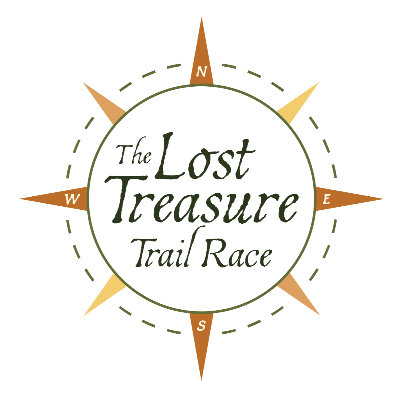



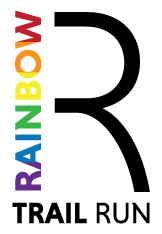

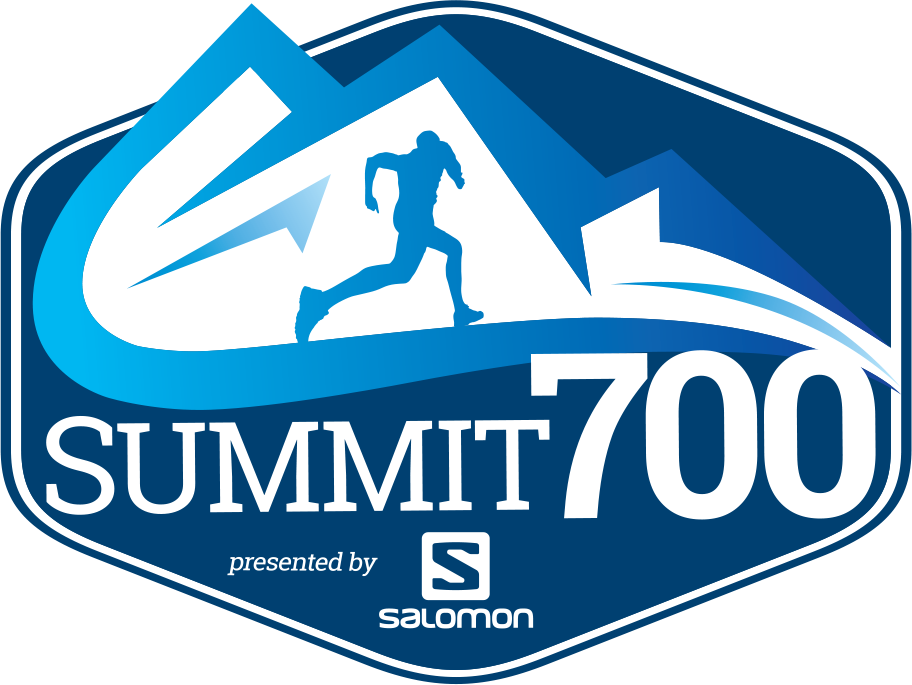


Again, this was a near-superhuman effort given the conditions of the day – WE”RE NOT WORTHY WE’RE NOT WORTHY!!
Thanks Patrick – I lucked out, legs responded well and was able to evenly pace it.